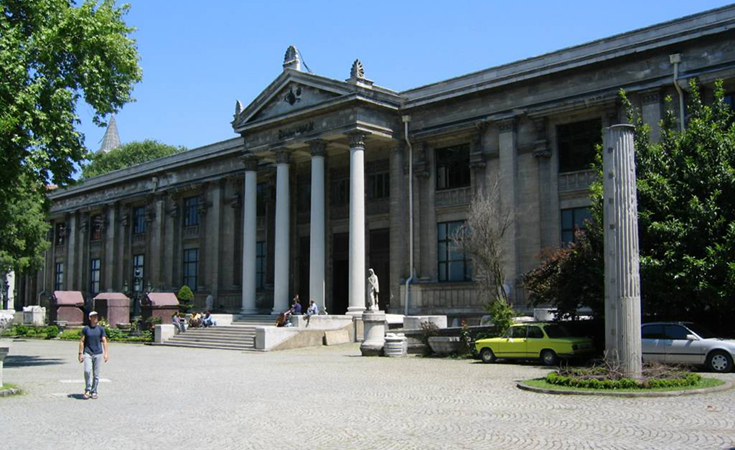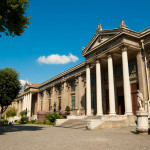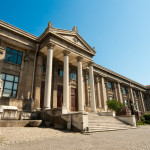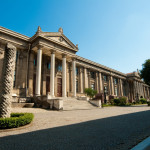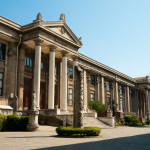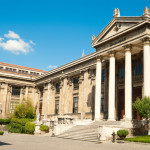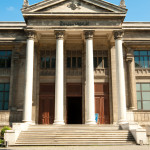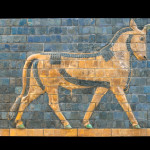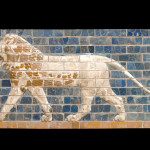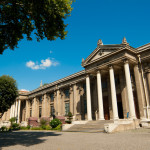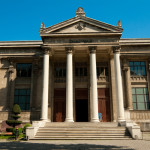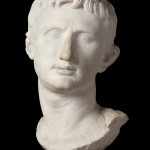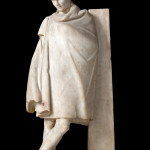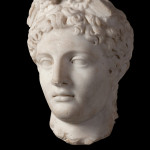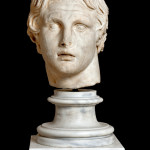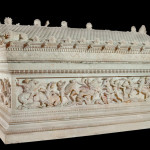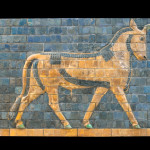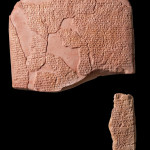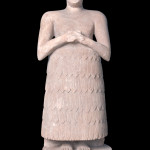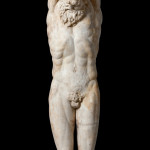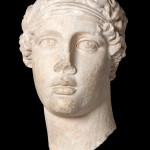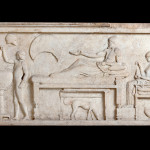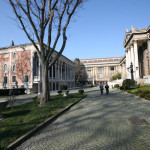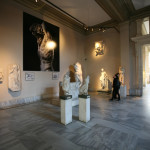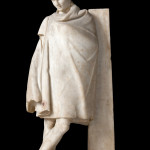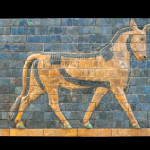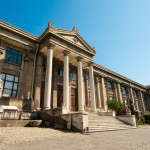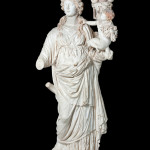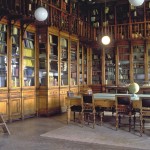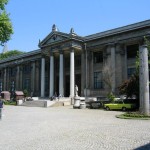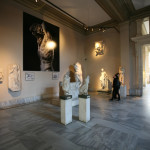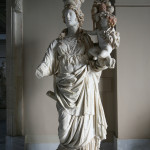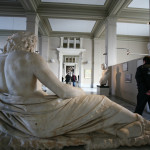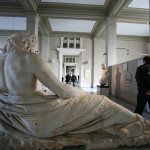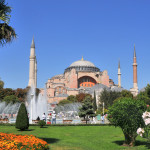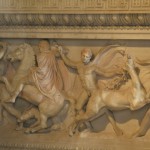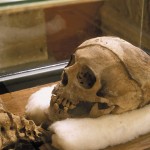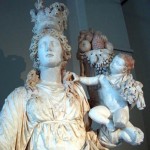Located in Sultanahmet, the Istanbul Archaeological Museum consists of three different branches, each housed in their own building: the Museum of Archaeology, the Ancient Orient Museum and the Tiled Kiosk Museum.
With a beautiful garden that connects these three buildings, the İstanbul Archaeological Museum is one of the 10 most important world-class museums originally designed for use as a museum building.
Established in the course of the growing Westernization movement which gripped the Ottoman Empire from the 19th Century onwards, the construction of the Main Building began in 1881 and it had taken its present shape by 1908.
The famous painter and archaeologist Osman Hamdi Bey was the first director and curator of the museum. He extended the collections of the museum with excavations carried out in different sites within the borders of the Empire and expanded its collection rapidly.
Today, on the ground floor of the Archaeological Museum, visitors can find sculptures dating from the Ancient Age and Archaic Era to the Roman Era. Also world famous artifacts such as the Alexander Sarcophagus, the Sarchopagus of Crying Women and the Sarchophagus of Tabnit can be found here. On the upper floor, there are the Treasury section, the Non-Islamic and Islamic Coin Cabinets and the Library.
On the first floor of the New Building, which opened its doors in 1998, the “İstanbul Through the Ages” collection is exhibited. On the second floor, visitors can find the “Anatolia and Troy Through the Ages” collection and the “Surrounding Cultures of Anatolia: Artifacts from Syria, Palestine and Cyprus” on the third floor.
The Ancient Orient Museum consists of the Pre-Islamic Arabian Art, the Egypt Collection, the Mesopotamia Collection, the Anatolia Collection, the Urartu Collection and Cuneiform Documents.
The Tiled Pavilion (Turkish: Çinli Köşk) of Sultan Mehmet the Conqueror, was built in 1472 and located on the outer grounds of Topkapı Palace. It was used for watching sporting events. It now houses ceramic work and pottery from the Seljuk and Ottoman eras. Visitors can admire the nearly 2000 artifacts dating from 11th – 20th centuries on exhibit here.














